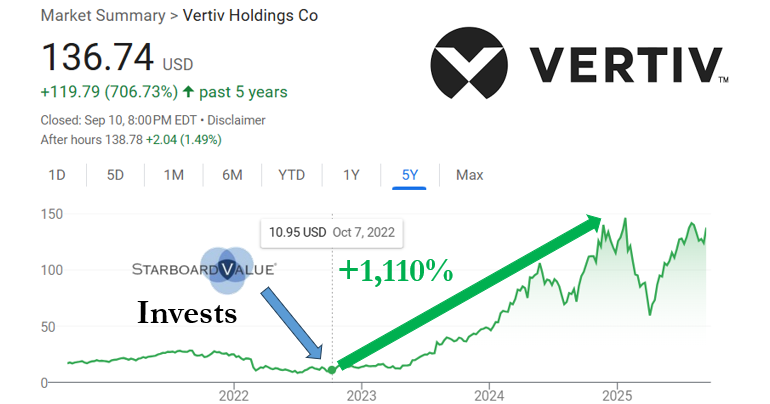
IB RX - MF PE - HF Investor sharing lessons mostly on Restructuring and Distressed Debt - Check out Pari Passu! DMs are open! - @9finHQ fan
10 subscribers
How to get URL link on X (Twitter) App


 1) Factoring Basics
1) Factoring Basics
 1) Good Companies, Bad Capital
1) Good Companies, Bad Capital
 1) Data Center and Vertiv Overview
1) Data Center and Vertiv Overview 

 1) Pepsi Today
1) Pepsi Today

 1) Where I was right
1) Where I was right
 1) Betting on CityMD
1) Betting on CityMD
 1) Option 1: Subsidiary Structuring
1) Option 1: Subsidiary Structuring

 Insurance 101
Insurance 101
 1) Private Wealth: Overview
1) Private Wealth: Overview
 1/ Tech Trends - higher returns but more volatility and drawdowns
1/ Tech Trends - higher returns but more volatility and drawdowns 

 1) Rise of “Distressed-by-Accident” Cases
1) Rise of “Distressed-by-Accident” Cases
 1. From Hedge‑Fund Desk to $800bn Platform
1. From Hedge‑Fund Desk to $800bn Platform


 1) Working efficiently
1) Working efficiently


 1) Blue Owl’s Early Entry into GP Stakes Investing
1) Blue Owl’s Early Entry into GP Stakes Investing


 1) TCI: Building a $60 Billion Giant with Eight People
1) TCI: Building a $60 Billion Giant with Eight People
 1) Blackstone
1) Blackstone